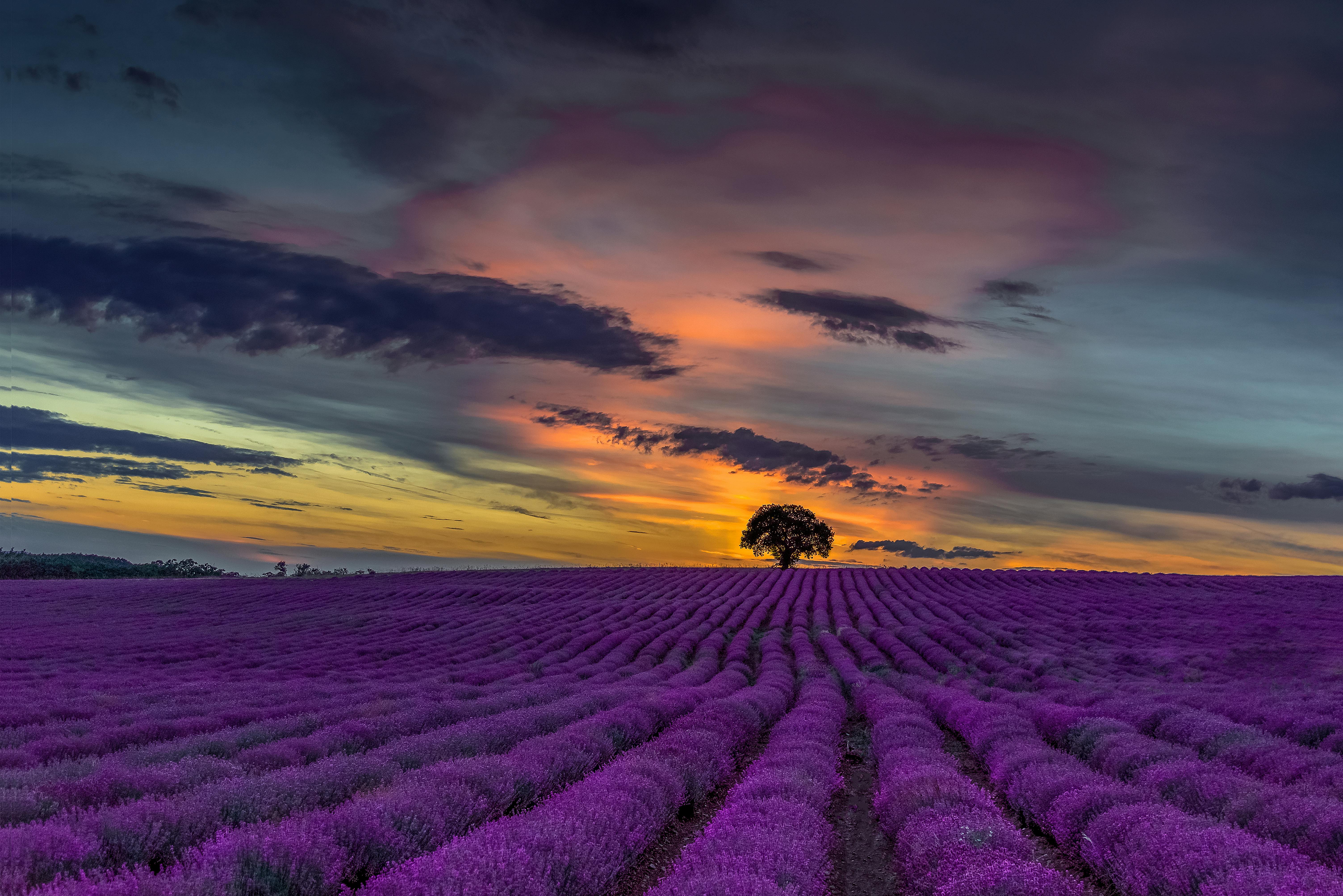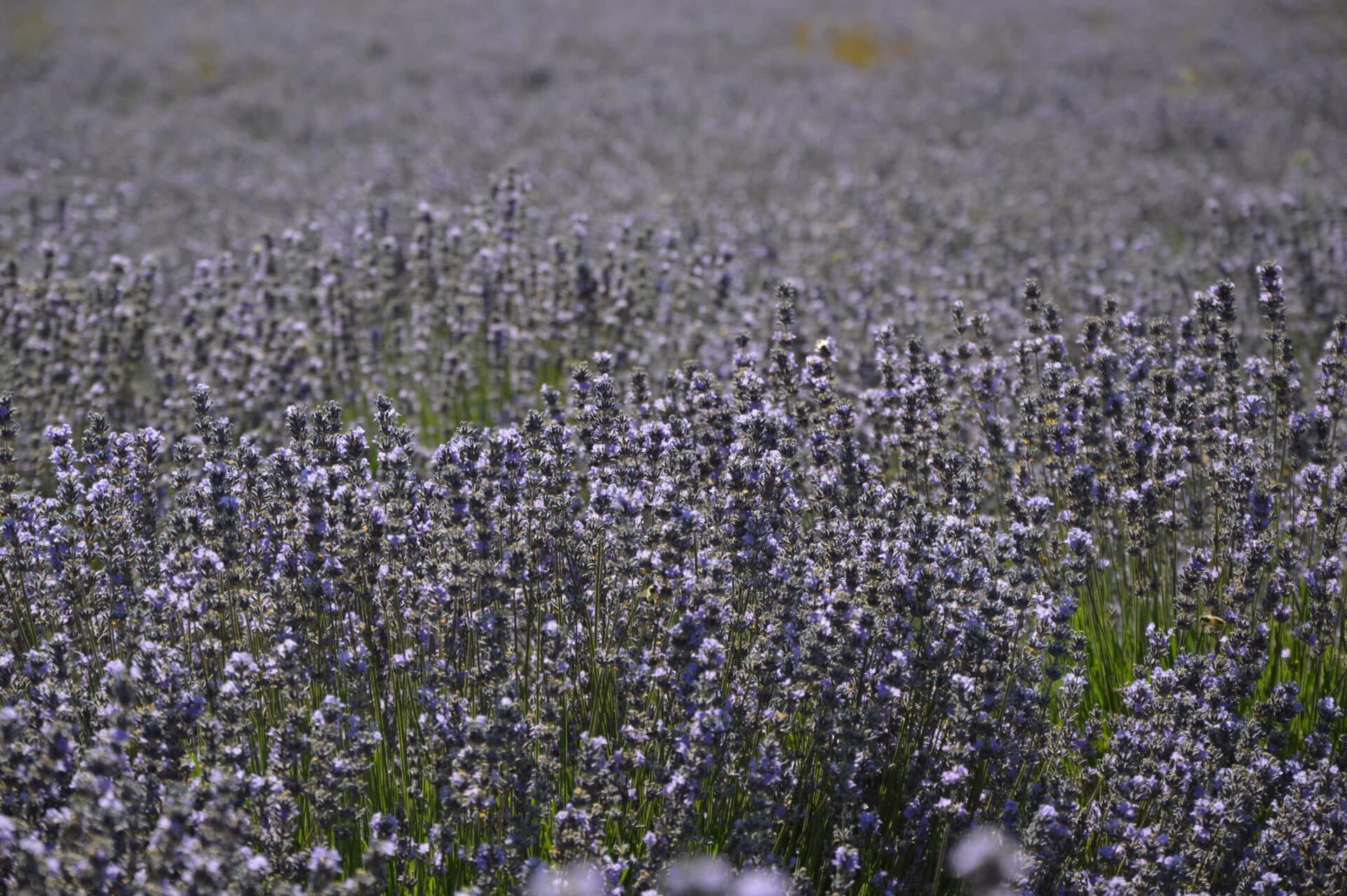Distilling lavender is a process of extracting the essential oils from lavender plants and flowers. It is an ancient technique that has been used for centuries to create essential oils, perfumes, and other products. Distilling lavender is a relatively simple process that can be done at home with some basic equipment. With just a few items and some patience, you can have pure lavender essential oil to use in your homemade beauty products or to add a lovely scent to your home. In this guide, we will discuss the basics of distilling lavender and how you can get started making your own essential oil.To distill lavender, you will need a still, lavender plants, water, and a heat source. You will also need a condenser and collection device to separate the essential oil from the water. Additionally, you may want to have safety equipment such as gloves, glasses, and long sleeves to protect yourself from the heat of the still.
Gather the Necessary Materials
Distilling lavender requires some basic distilling materials, including a pot or still, copper coil, a lid, and a collection vessel. You will also need lavender flowers and water. Make sure to use fresh lavender flowers for optimal results. Make sure all the components of your distillation apparatus are clean and dry before you begin.
Fill the Pot or Still with Water
Fill your pot or still with enough cold water to cover the bottom of the copper coil. This should be done slowly to avoid splashing. Be careful not to overfill it as this can cause boiling over when you heat it up.
Add Lavender Flowers
Once the pot or still is filled with water, add the lavender flowers. You can use either dried or fresh flowers for this process, but make sure that you have enough to cover the bottom of the copper coil. If necessary, add more water until the flowers are completely submerged.
Attach Copper Coil and LidSetting Up a Still for Distilling Lavender
Distilling lavender is a great way to make the most of your lavender crop. By distilling the flowers, you can create essential oils and hydrosols that can be used in a variety of ways, from making lotions and perfumes to adding flavor to food and drinks. But, in order to get the best results from distilling lavender, you need to have the right equipment. Here’s what you need to know about setting up a still for distilling lavender.
The first step in setting up your still is choosing the right size for your needs. While many home stills are small enough to fit on a kitchen countertop, if you plan on distilling larger batches of lavender it’s best to invest in a larger still. You’ll also need to consider the type of fuel you plan on using; some stills are designed for wood or coal burning while others use electricity or gas.
Once you’ve chosen the size and fuel type for your still, it’s time to assemble it
Gathering the Lavender for Distillation
Lavender is one of the most popular herbs used in aromatherapy and distillation. It has a calming and soothing fragrance that is used to treat anxiety, depression, and stress. The essential oils from lavender can be extracted through distillation which requires the gathering of fresh lavender flowers. The best time to harvest lavender is in the early morning when the dew has dried but before the heat of the day sets in. This allows for maximum oil production when it is distilled.
When gathering lavender, it’s important to choose flowers that are freshly opened and free from damage or disease. These can be cut with scissors or with a sharp knife taking care not to damage other parts of the plant. When harvesting, take care not to take too much from each plant as this can harm it and reduce its growth. The flowers should be placed in a basket or bag until they reach their destination for distillation.
Once they have arrived for distillation, the flowers must be checked for any debris or foreign matter before being placed into the still. This ensures that only quality material is processed and reduces any potential contamination in
Preparing the Lavender for Distillation
Lavender is a fragrant and versatile plant that has a range of uses. It can be used in aromatherapy, cosmetics, and even in cooking. The essential oils extracted from lavender can be distilled and used in a variety of ways. Preparing the lavender for distillation is an important step in the process.
The first step in preparing the lavender for distillation is to harvest it at the right time. Lavender should be harvested when it is at its peak of maturity, which is usually when it is flowering. This will ensure that the essential oils extracted will have the highest concentration of fragrant compounds and beneficial properties. The flowers should be carefully harvested with scissors or shears to prevent damage to the plants.
Once harvested, the lavender should be dried as quickly as possible to ensure that all of its beneficial compounds are preserved. The best way to dry lavender is to hang it upside down in a warm, dry place away from direct sunlight for several days until it is completely dry. Once dried, the flowers should be stored in an airtight container until they

Boiling the Lavender and Collecting the Essential Oils
The process of boiling lavender and collecting essential oils is an important part of aromatherapy. To begin, the lavender flowers must be carefully selected for their quality and fragrance. Once the flowers are selected, they are boiled in a large pot on the stove or in an electric water bath to extract the oils. It is important to make sure that the temperature remains consistent throughout the process in order to ensure that all of the essential oil is extracted. After boiling, the liquid is strained through a cheesecloth or muslin cloth to collect any remaining oils. The collected oil is then allowed to cool before it can be used for aromatherapy treatments.
Once cooled, the essential oil can be used for numerous purposes such as massage oils, perfumes, air fresheners, and more. The aroma of lavender essential oil is calming and relaxing, making it a popular choice for aromatherapy treatments. Additionally, lavender essential oil has antiseptic properties which can help with skin irritations such as burns and cuts. With its many benefits, it is no wonder why lavender essential
Distilling
The process of distilling essential oils is the most common method used for extracting and separating the essential oil from plants. This process involves heating the plant material in a vessel, which causes the essential oils to evaporate and be collected in a condenser. This is then collected as a liquid, which is then filtered through a cloth or other absorbent material to separate out any solid particles. The essential oil is then collected in a separate container. The distillation process can be done by hand or with specialized equipment that can make it easier and more efficient.
Cooling
Once the essential oils have been distilled, they need to be cooled before they can be used. This cooling process helps to ensure that all of the volatile compounds within the oil are preserved, and also prevents any oxidation of the oil, which can affect its aroma and therapeutic properties. Cooling can be done naturally by leaving the oil in a cool place or using specialized equipment such as an air conditioner or refrigeration unit to cool it down quickly.
Separating
Filtering and Storing the Essential Oils
Essential oils are highly concentrated, volatile liquids extracted from plants. They are used in aromatherapy and in a variety of other applications. Properly filtering and storing essential oils is essential for preserving their potency and ensuring their safety. To ensure the purity of your essential oils, it is important to filter them to remove impurities before storing them properly in dark glass bottles.
The filtration process can be done using a variety of methods. Some essential oil manufacturers use a simple sieve or strainer to remove any large particles or debris from the oil. Others use more sophisticated filtration systems, such as carbon filters or other chemical processes, to further purify the oil. It is important to make sure that all impurities are removed before the oil is stored, as these can degrade the quality of the essential oil over time.
Once filtered, it is also important to store essential oils properly in order to preserve their potency and safety. The best way to store essential oils is in dark glass bottles with tight-fitting lids that protect against light and oxygen exposure

Conclusion
Distilling lavender can be a great way to create a unique and special scent for yourself. It’s easy to do with the right tools and knowledge, and you can make a beautiful product with just a few simple steps. Not only will it make your home smell wonderful, but you can also use the distilled lavender oil for aromatherapy or as an ingredient in lotions, body oils, and other beauty products.
Whether you buy pre-distilled lavender oil or choose to distill it yourself, there are many ways to make use of this versatile plant. With its calming aroma and many health benefits, lavender has become one of the most popular essential oils used today.
So if you’re looking for a unique way to create your own fragrances or beauty products, distilling lavender is definitely worth considering!

